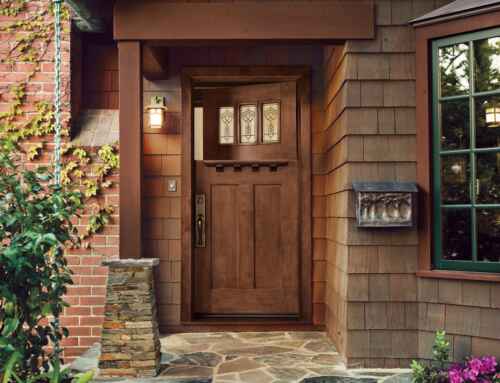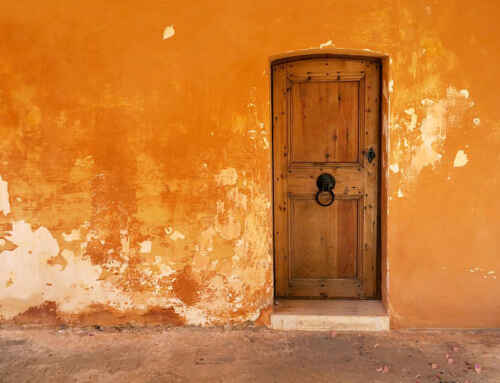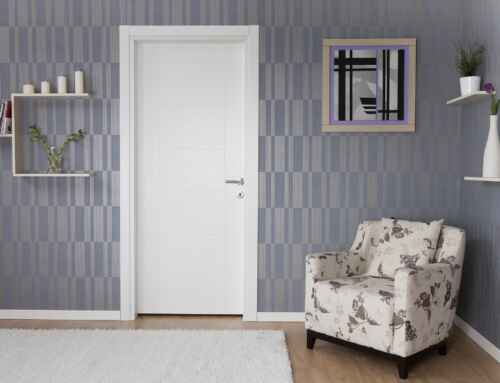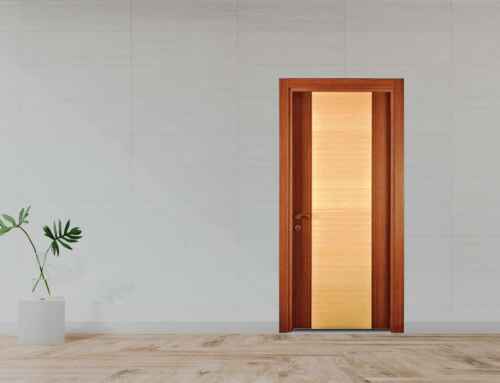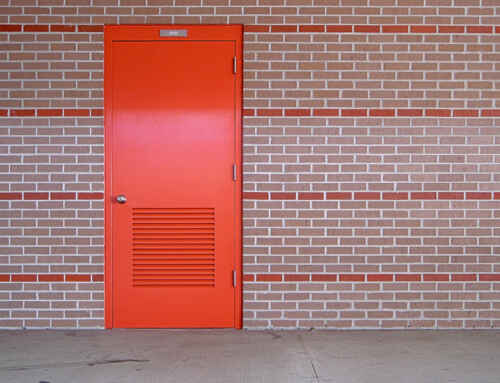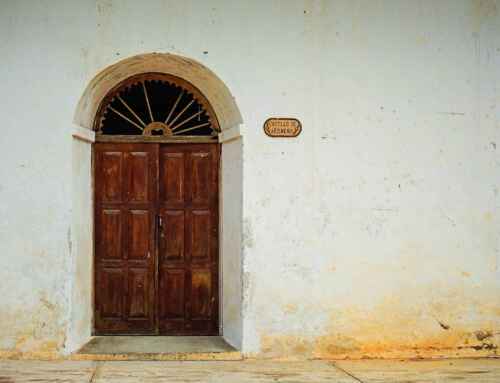The craft of making wooden doors is a very meticulous one, as it goes through multiple processes that require high expertise and extreme delicacy.
Wooden doors might be considered as made of pure solid wood for the first instance. While, in fact there are three possibilities, as it might be either Solid wood doors, Solid-core doors or Hollow-core doors, and each of these types has its own usages related to its characteristic features as each has its own production processes.
For interior doors Hollow-core doors that are known as veneered or laminated doors are considered the best fit as they are of light weight, easy installment, magnificent aesthetic properties, reasonable prices and are also resistant to warping.
Coating Layers of interior doors
Those are the two exterior layers made out of wood or fiberboard veneer that enclose between them the core of the door.
Veneer coating layers
The veneer is made out of thin slices of wood that are prepared through the following processes:
- Logs are cut from woods and assorted according to quality and transferred into warehouses designed promptly to store them efficiently in proper humidity to prevent drying and decomposition.
- The logs are then debarked with strict care to produce intact and evenly cut logs
- Softening and soaking is the next step as the logs are soaked in water at proper temperature around 40 C to make sure the logs are moist, soft and warm enough to start the peeling process. Digital aid can be of benefit in this step as it can notify us when the logs meet the proper softness needed for peeling.
- The logs are cut into different shapes if needed or left as a cylindrical structure according to the peeling technique that is planned to be implemented.
- Peeling takes place as the logs are cut into a long but very thin layer of wood of maximum thickness around 3 cm approximately.
- The long thin layer is then cut into many layers of appropriate dimensions according to the required door size, after being cut any layer detected with defects is subjected to repair and modifications if possible and if not are excluded.
- After being cut the veneer layers are dried in a machine for few minutes to keep a specific moisture content around 8% – 12%.
- Thorough examination and investigation is next in order the moment the veneers are dried to make sure that the veneers are of high quality and meet the strict criteria and standards of production.
- Then clipping takes place by clippers that cut them equally into the required dimensions suitable for production.
- Plywood crafting is then begun as three veneer layers are joined together and these three layers are chosen wisely to be fit to each other and the matching is one of many types such as book match in which the veneers are facing each other like the pages of a book so they form mirror images linked together.
- The three layers are glued together by gluing machines that apply the glue in an alternative manner to achieve the best effect.
- Being glued together then the veneers are pressed coldly first to ensure equal distribution of the gluing material.
- Hot pressing takes place next at around 120 C to seal the gluing efficiently.
- The veneers are now a single panel called plywood that is ready to go for sanding and further management for its aesthetic appearance such as coating, laminating, adds on and painting with acrylic lacquer or varnish. The plywood can be left without the final touches until assembled with the core if needed.
- The plywood is finally tested again to compare it with the high-quality production standards.
The logs used in veneer can be of different tree origins and each tree wood has its own characteristic features as in color, odor, knots and overall appearance.
Laminated coating layers
The major difference in this type is that it is not made of wood instead it is made of paper and resin and processed into forming a single layer to replace the veneer and they can be of any color and shape as they are unlike wood easily shaped, modified and harnessed.
Lacquered MDF coating layers
It is made of wood but unlike the veneer layers it is made out of MDF wood base which is engineered wood made out of the breakage residuals of hard and softwoods, these residuals are gathered, glued and pressed together in order to form MDF panels.
Then MDF panels are painted with many layers of high-quality Lacquer/paint in order to give them exquisite aesthetic appearance.
The core of interior doors
Fillable semi-hollow space built out of wood or cardboard pillars that is filled with different materials to make the core.
Many types of cores for interior doors are present such as:
Hollow cores: in which a cardboard pillarss with honeycomb cells structure is used with no filling material added usually but it can be filled with insulative foam to act as sound and thermal insulator.
Fire resistant cores: which are built out of non-combustible materials that can endure heat for durations up to 90 minutes.
Particle board core: the core of this type is made out of residual ground up wood glued together as in MDF which makes it very durable.
Structural composite lumber cores: One of the most recent types in which strands, veneers or flakes of wood are put together through special resin making it durable and reliable.
Assembly
The veneers are then made into a sandwich with the core at its center and if needed stiles and rails can be glued to the veneers as well after gluing the components together pressing takes place whether hot or cold taking in consideration the final product best interest.
Last touches
The doors are regularly trimmed after being assembled in order to be in the right shape and measurements required but upon request this can be skipped.
Design aided by computer is then responsible for making the last touches like carving the door or digging holes for hinges, locks and so.
Glass, vision kit, molding and so can be done before assembly upon request as well.
Being finished the door is then set to examination to compare it to TS (TSE 1905) standards then it is subjected to horizontal, vertical pressure tests, soft and hard impact tests and bootstrap machine tests as well.
Additional sanding might be done as well to make sure no knots or rot or splinters are present and then the door can be top coated to provide further protection and the door then is ready to be used and different accessories can be attached to it upon request.


